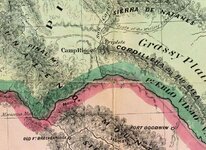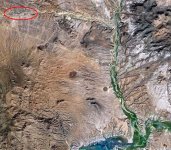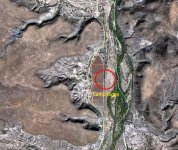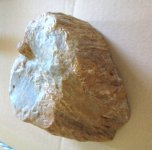froggy
Full Member
[FONT="]Camp Rigg[/FONT][FONT="]
(1864 - 1870?), near San Jose
Located on the north-side of the Gila River at Aztec Canyon (or Valley).[/FONT]
GPS? General location?
(1864 - 1870?), near San Jose
Located on the north-side of the Gila River at Aztec Canyon (or Valley).[/FONT]
GPS? General location?











